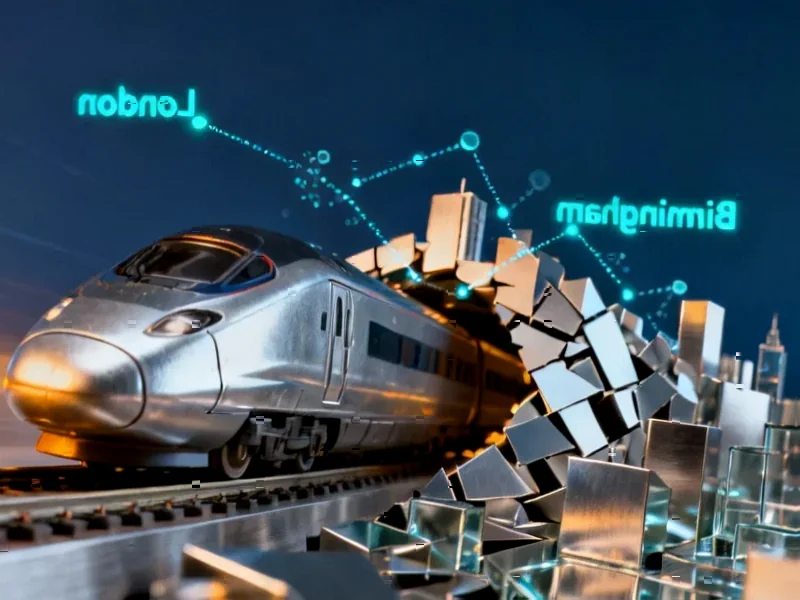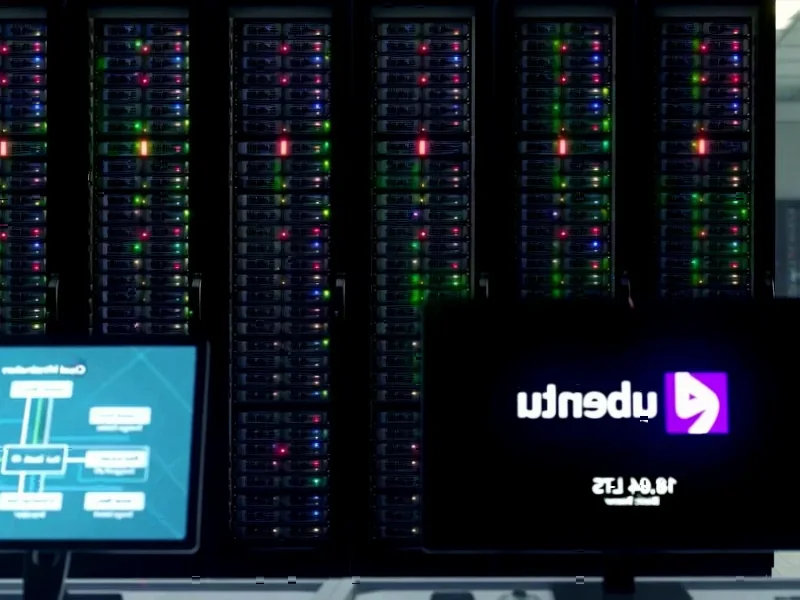According to Bloomberg Business, South Korea’s LG Chem Ltd. and China’s Sinopec Group have entered into a partnership to develop materials for sodium-ion batteries, positioning themselves in what’s considered one of the most promising next-generation energy storage technologies. The battery manufacturer LG Chem confirmed it signed an agreement with Sinopec last month specifically focused on developing cathode and anode materials for sodium-ion cells. Sinopec, while primarily known as China’s largest crude oil refiner, has been actively expanding into new energy businesses alongside its traditional oil and gas operations. The partnership represents a significant move by both companies to establish early leadership in the emerging sodium-ion battery market. This strategic alliance between chemical powerhouses signals a major shift in energy storage development priorities.
Strategic Implications Beyond the Partnership
This collaboration represents more than just another joint venture—it’s a calculated move by both companies to hedge against the volatility and geopolitical risks associated with lithium supply chains. LG Chem brings sophisticated battery material expertise from its established lithium-ion business, while Sinopec contributes massive chemical production capacity and deep integration into China’s industrial ecosystem. The timing is particularly strategic as both companies face pressure to diversify beyond their core businesses—LG Chem from competitive pressure in lithium-ion markets, and Sinopec from the global transition away from fossil fuels. This partnership allows them to pool R&D resources while sharing the substantial financial risk of developing new battery chemistries from laboratory to commercial scale.
Reshaping Global Battery Supply Chains
The sodium-ion technology development could fundamentally alter global battery supply chain dynamics. Unlike lithium, which is geographically concentrated in a few countries like Chile, Australia, and China, sodium resources are abundantly available worldwide through seawater and mineral deposits. This democratization of raw materials could reduce dependency on specific geographic regions and potentially lower geopolitical tensions around battery materials. For manufacturers and consumers, this translates to more stable pricing and reduced vulnerability to supply disruptions. The technology could particularly benefit regions with limited access to lithium resources, enabling more localized battery production and reducing transportation costs and carbon footprints associated with global supply chains.
Differential Impact Across Market Segments
The development of sodium-ion batteries will affect various market segments differently. For grid storage applications, where energy density is less critical than cost and safety, sodium-ion technology could see rapid adoption due to its potential for lower costs and reduced fire risk compared to lithium-ion. Electric vehicle manufacturers might initially be more cautious, given the current energy density limitations of sodium-ion chemistry, though it could find early applications in lower-range urban vehicles. Consumer electronics companies could benefit from the safety advantages for devices where thermal runaway risks are a significant concern. The technology’s performance in cold temperatures could also make it particularly attractive for applications in extreme climates where lithium-ion batteries struggle.
Technical and Commercial Challenges
Despite the promising partnership, significant hurdles remain before sodium-ion batteries achieve mainstream adoption. The technology currently trails lithium-ion in energy density, which limits its application in weight-sensitive and space-constrained applications. Manufacturing scalability presents another challenge—while the raw materials are abundant, developing cost-effective production processes for high-quality cathode and anode materials requires substantial innovation. The partnership will need to address cycle life limitations and ensure compatibility with existing battery manufacturing infrastructure to facilitate adoption. Perhaps most importantly, they’ll need to demonstrate that sodium-ion batteries can achieve meaningful cost advantages over increasingly competitive lithium-ion alternatives, especially as lithium prices fluctuate and recycling infrastructure improves.
Shifting Competitive Dynamics
This partnership positions both companies against emerging competitors in the sodium-ion space, including Chinese manufacturers like CATL and BYD who have already announced sodium-ion battery developments, as well as Western companies like Northvolt and startups such as Natron Energy. The LG Chem-Sinopec alliance brings together complementary strengths that could accelerate commercialization timelines. However, they’ll face intense competition not only from other sodium-ion developers but also from improving lithium-ion technologies and alternative chemistries like solid-state batteries. The success of this partnership could trigger further consolidation and collaboration in the battery materials sector as companies race to secure positions in the post-lithium energy storage landscape.




